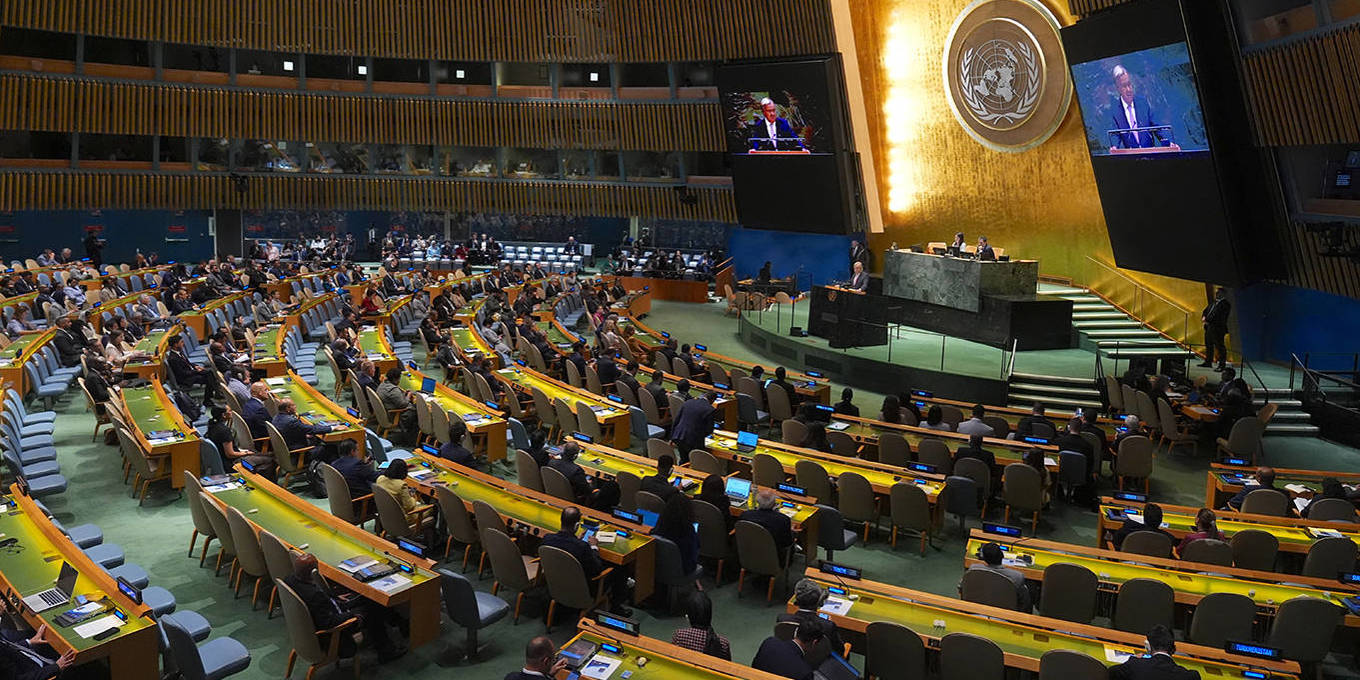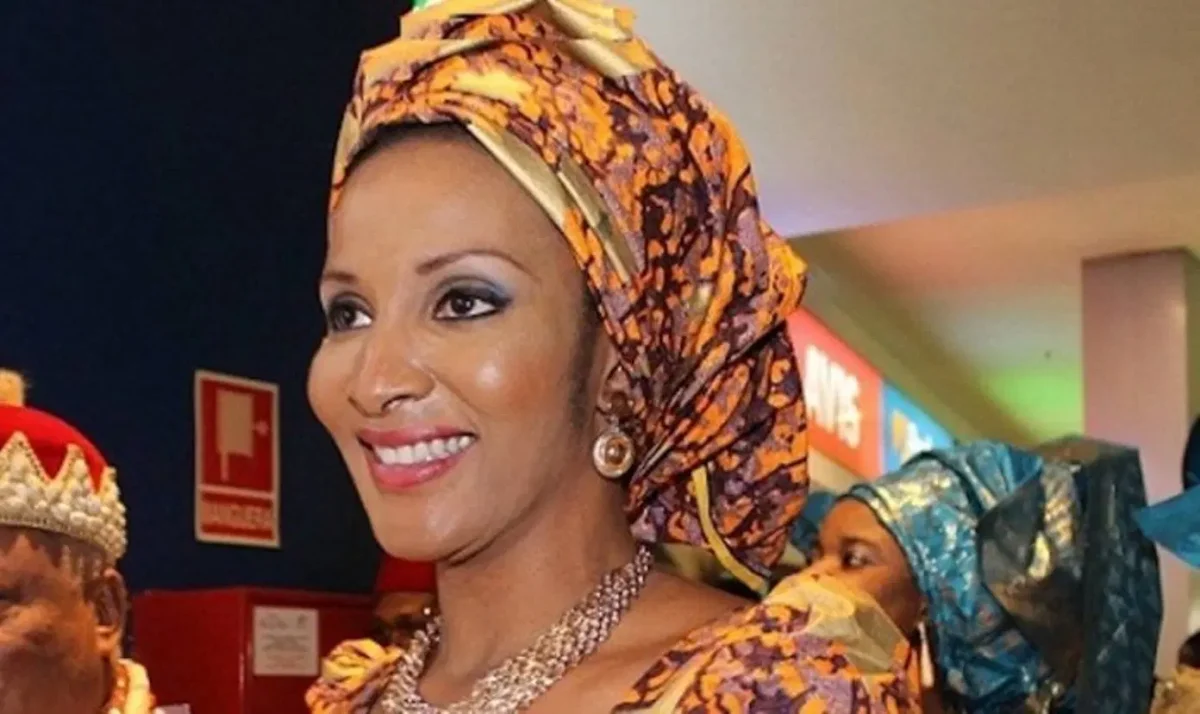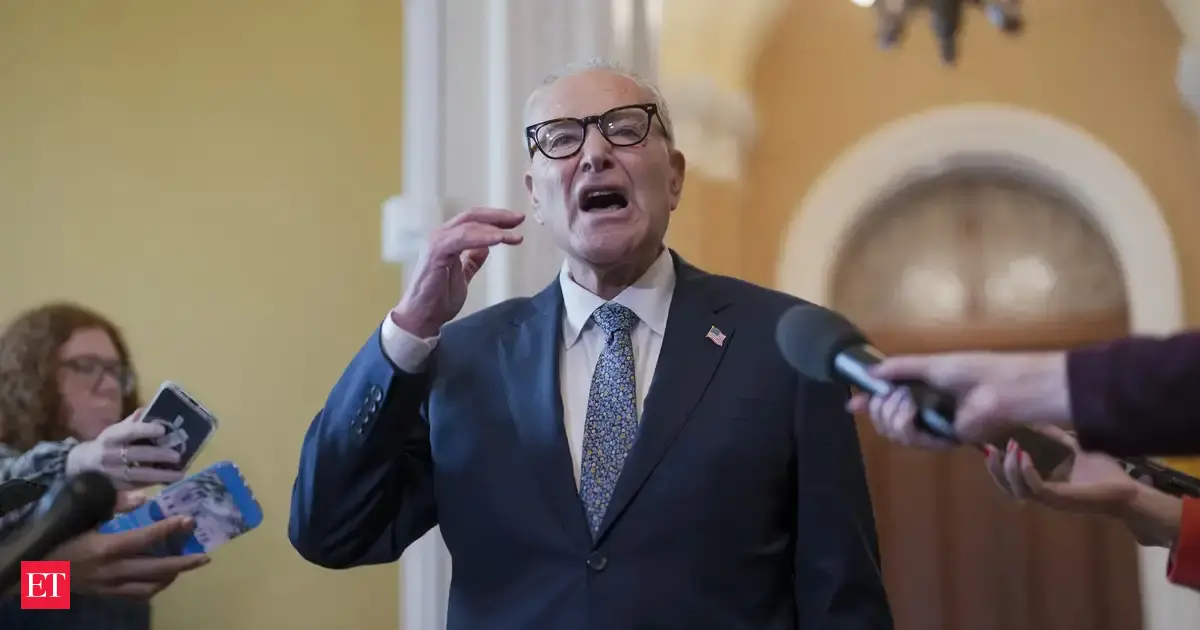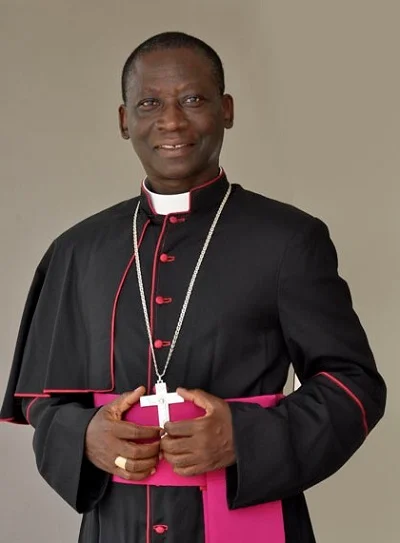
WASHINGTON, DC – In his speech to the United Nations General Assembly (UNGA) last week, US President Donald Trump claimed to have “ended seven unendable wars” – a definite exaggeration, though his administration has helped make peace in several regional conflicts. Trump then excoriated the UN for its inaction. “All they seem to do is write a really strongly worded letter, and then never follow that letter up,” he said. “It’s empty words – and empty words don’t solve war.”
It pains me to admit that he is largely right about the UN’s current role in peace and security. As the war in Ukraine and the destruction of Gaza and the Gazans illustrate, the UN is impotent when the five permanent members of the Security Council are at odds. Russia and China veto any attempt to hold Russia accountable for its full-scale invasion of Ukraine, while the United States blocks collective global action to protect the Palestinians and create lasting security for Israel and a nascent Palestine.
Trump did talk about the UN’s “tremendous potential.” But no one should be fooled: his foreign policy blatantly contravenes the letter and spirit of the UN Charter. He is an old-school realist who, like Russian President Vladimir Putin and Chinese President Xi Jinping, values national sovereignty and self-interest above all else. If he wants to invade or economically coerce other countries, or destroy boats in international waters for allegedly transporting illicit drugs, he will.
Amazingly, during Trump’s speech, many world leaders laughed in the right places and applauded at the appropriate times, flattering the US president in public to improve their chances of making deals with him in private.
To be sure, the US has ignored the UN Charter before, engaging in proxy wars around the world throughout the Cold War and, most notably, invading Iraq in 2003. Nevertheless, an international security and economic order, with rules, institutions, and processes, existed to address global crises, and often did so successfully. For all the UN’s defects, a return to nineteenth-century balance-of-power politics, with no restraints on the use of force, would be far worse.
So, what comes next? On the sidelines of the UNGA, many business leaders and representatives of religious groups, think tanks, educational and scientific institutions, and philanthropies met to discuss versions of this question. Scores of meetings across town discussed ideas about what a new international order could look like.
One way to think of this messy, decentralized activity is to compare it to the various meetings that took place during World War II in the runup to the 1945 San Francisco Conference, which established the UN. Today’s world is far more complex: the number of UN member countries has almost quadrupled, and the field of non-state actors capable of effective global action has expanded dramatically. Still, the ferment remains important.
Long-time proponents of UN reform see two broad possibilities for change. One is an international order organized and led by middle powers – for now, essentially any country that is neither a great power nor a small state. The second option, which could coexist with a middle-power order, is a flexible, informal arrangement created by intersecting coalitions of states and non-state actors focused on countering threats and delivering positive change at the sub-regional, regional, and global level. Think of it as an armadillo’s overlapping scales.
In the immediate term, as diplomats initiate follow-up action in the wake of the UNGA, I propose two sets of meetings among key countries to determine how the world can conduct the business of diplomacy without, or perhaps in parallel with, the US.
The first meetings should be between China, Japan, Germany, the United Kingdom, France, Italy, Canada, and South Korea, which together provide nearly 50% of the UN’s general budget. The US has long been the UN’s biggest funder; its share of the 2025 general budget is assessed at 22%, or around $820 million. But the organization will likely receive only a fraction of that amount, given Trump’s executive order mandating a review of US funding and involvement in the UN.
These eight countries should thus consider convening the UNGA elsewhere for the next few years, which would reduce US diplomatic leverage and ensure that all delegates can attend the annual session. It would also underscore that, unlike Trump, who has made clear his disdain for “globalism,” most of the world’s governments still believe in rules that limit national sovereignty in the service of mounting a collective response to existential threats.
As the UN’s second-largest funder, China could try to organize the UNGA in Beijing. But a more likely outcome would be to rotate the meeting among cities that host various UN and regional organizations: Geneva (the UN’s European headquarters), Brussels (the European Union), Jakarta (the Association of Southeast Asian Nations), Addis Ababa (the African Union), Riyadh (the Gulf Cooperation Council), and Montevideo (Mercosur).
The leaders of the G20, minus China, Russia, and the US, should also meet. This group of middle powers – the UK, France, Germany, Italy, Canada, Japan, South Korea, Australia, Indonesia, India, Saudi Arabia, Turkey, South Africa, Brazil, Mexico, Argentina, the EU, and the AU – could take steps, as outlined by Daniel D. Bradlow and Robert H. Wade, to make the G20 more representative. The roughly 170 countries that are not G20 members may be disinclined to approve expanding its scope, but the group can increase its accountability to the global community.



